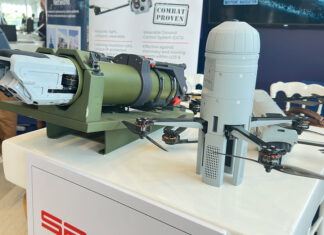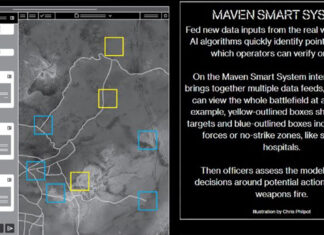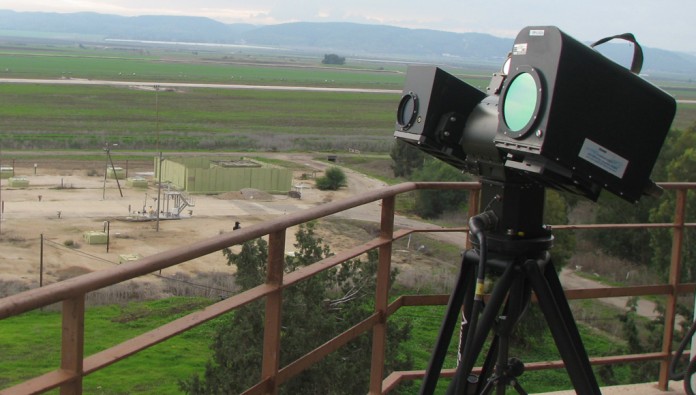
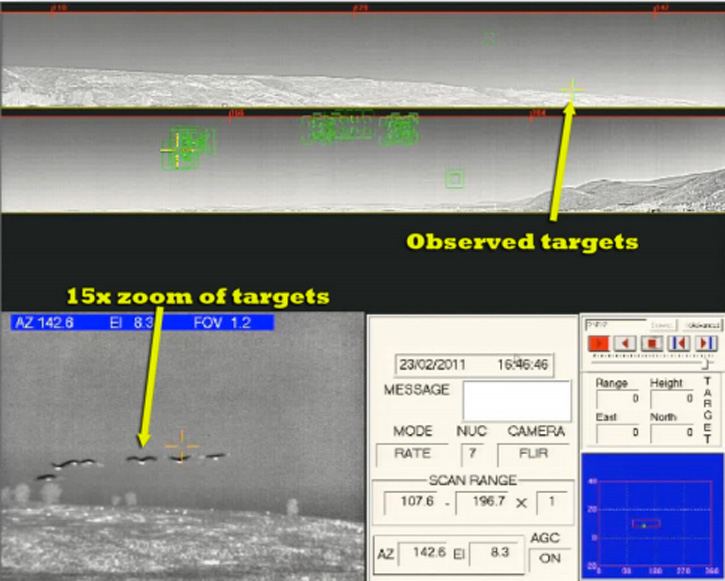
Birds pose known flight safety hazard that is rarely addressed by flight operations due to the lack of real-time data on bird activity. Although radars have been used to track avian activity, their ability to detect birds at low level is limited. To improve the capability to detect and track bird activity near airports the US Federal Aviation Administration (FAA) has recently tested a new infrared scanning sensor called ‘Interceptor’ at Laguardia (LGA) Airport, and is currently evaluating the system at Whidbey Island in Washington state.
This automated bird detection system was developed by Controp Precision Technology from Israel and US based Pharovision. “In tests at LGA, our system has shown that it outperforms both human observation and traditional radars, being able to pick up and identify small and very low or very high flying objects such as birds – with accurate detection of single birds at distances of up to 5 kilometers (3 miles).” says Johnny Carni, Controp’s VP for Marketing & Sales.
The Interceptor’s display can be integrated into the Air Traffic Control (ATC), providing automatic alerts on bird activity along the airport exit and approach flight routes. Unlike the radar that displays ‘blips’ representing targets, Interceptor displays the true visual images of the targets themselves, enabling operators to easily assess the type of alert, number of birds, their location and altitude, without the need for extensive training, enabling the airfield to increase operational tempo.
The sensor is based on the Spider – persistent surveillance system developed by Controp Precision Technologies for military and homeland security applications. Used as bird detection sensor, Interceptor implements special bird detection algorithms to detect and tracks average birds in day and at night, from a distance of 4-5 km. The system can also spot bird flock activity on the ground at longer distance.
Looking beyond birds and wildlife, Controp and Pharovision use a derivative of the system to detect unmanned aerial vehicles (UAVs) in the airport vicinity. Further development of the system will also be able to detect foreign objects and debris (FOD) along the runways.
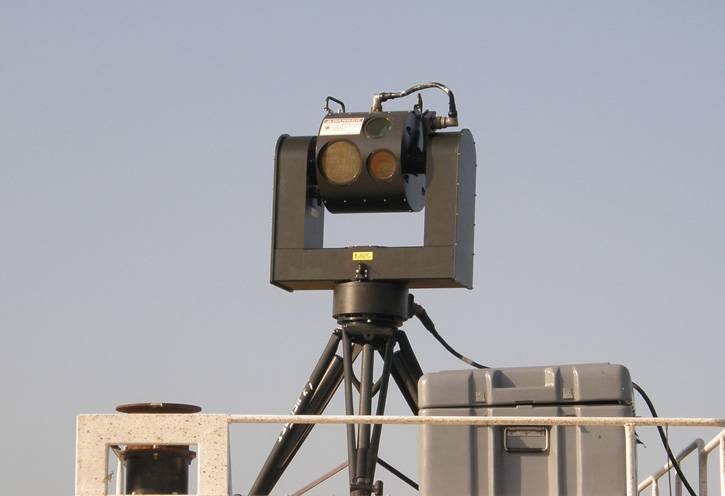
The Sentinel FOD detection system provides continuous scanning of runway, taxiway and other tarmac surfaces to alert the presence of FOD. The integrated and comprehensive system is capable of simultaneously scanning for debris on all tarmac surfaces with the vicinity and between aircraft movements. The system is capable of automatically scanning for other types of targets as well.
Adapted from Controp’s globally deployed and proven automatic intruder detection systems, the Interceptor and Sentinel systems integrate a Thermal Imaging (TI) camera with advanced Electro-Optics (EO), a Day Camera and a Laser Range Finder (LRF). The combination of the continuous zoom lens of the IR camera and the full-color live video cameras, allows the Interceptor and Sentinel to automatically perform wide area surveillance, providing highly accurate real-time day and night detection and tracking. This application also proves essential for rapid situational assessment, in civilian or military airfields, following enemy attacks or natural disasters.
“There is breakthrough potential in Controp’s advanced solutions to differentiate between birds and other objects in and around commercial, civilian and military airports,” said Yuval Milo of Pharovision. “We have now expanded their role to the task of FOD and Unmanned Aircraft System (UAS) detection, making them truly multi-mission systems that will bring enormous savings to airport authorities.”




